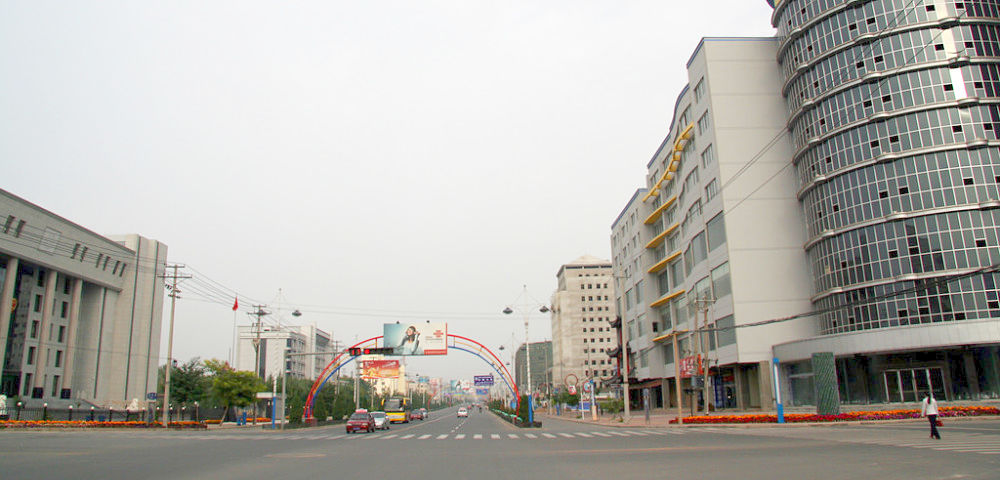
As I watch the Shanghai Composite melt like spring snow, courtesy of the overdue trade tensions with the United States, I am beginning to see headlines about how President Trump’s policies could cause a global recession. If this turns out to be an ugly trade war of the 1930 Smoot-Hawley Tariff Act type, those headlines may very well turn out to be warranted, but in the case of China, I don’t believe Trump’s tariffs will be the cause of China’s recession. Instead, it will be their epic credit bubble that has now popped and is deflating, as evidenced by their $1 trillion of forex outflows since 2014.

To China, Trump’s tariffs are what Lehman Brothers’ failure was to the Wall Street Crash of 2008 – the catalyst to the crash. It has been rather amusing to hear multiple times that “if Lehman had been bailed out” (a course of action I was in favor of), “Wall Street would have not crashed.” While the sell-off would not have been as quick or as sharp with such a bailout, the sell-off in the U.S. stock market would have happened, and it likely would have had a similar magnitude, but over a couple of years instead of one.
In 2008, Lehman Brothers was a gigantic band-aid on the U.S. financial system that the then-Treasury Secretary, Hank Paulson, had the fortitude to pull off rather abruptly. In other words, the Lehman Brothers’ failure was a catalyst, not a cause, of the humongous losses in the U.S. stock market, along with the worst financial crisis in 70 years. However, it was the real estate bubble, inflated by the mortgage finance bubble, that caused the recession, specifically AAA-rated subprime mortgage CDOs, some of which went to zero!
It takes a rare talent to construct a security that gets AAA ratings and ends up evaporating. As these collateralized debt obligations (CDOs) and other mortgage securities went under water, the dominoes began to fall in the U.S. financial system. Lehman Brothers simply made them fall faster. It very well may turn out that the Trump tariffs are the same band-aid whose expeditious removal will cause the air of the epic Chinese credit bubble to start going out faster. We should find out soon enough, by the end of 2018.
So, why is China in such a huge credit bubble?
I don’t believe that the Chinese planned on it, but credit bubbles happen when regulators are asleep at the switch, similar to the way U.S. regulators were asleep at the switch during the AAA subprime mortgage CDO fiasco. The total leverage ratio in the Chinese economy has gone from roughly 100%, at the time of the Asian Crisis, to about 400% at present, if one counts the shadow banking that is conveniently removed from official statistics. This has happened while the Chinese economy has grown 12-fold in the meantime.
That means total credit aggregates are up over 40-fold in the meantime. It feels like the only way to grow is to borrow aggressively, as GDP growth has not been financed nearly as much by economic profits but much more so by rising debts. In addition to the monetary policy and tariff errors, this same dynamic is what helped create the Great Depression in the U.S. in the 1930s and the Asian Crisis in 1997-1998.

As the Chinese economic growth rate has dramatically slowed since 2010, total social financing has continued to surge. Note that the authorities are now clamping down on rampant borrowing and the building of empty cities, of which there are several dozen (for a Youtube demonstration, Google “the ghost cities of China.”) Both developments can be seen in the significant decline in the rates of fixed asset investment and outstanding yuan loan growth. Still, neither of those credit aggregates capture the shadow banking system, which remains very much in the shadows. I am aware of the very sincere attempts by the Chinese authorities to rein in shadow banking, but I have no way of gauging the level of their success.

Weaponizing the Yuan
I believe it is ZeroHedge that called the recent sharp sell-off in the Chinese currency “weaponizing the yuan.” It looks like the Chinese are saying, “You carpet bomb us with tariffs and we will devalue the yuan like it’s December 1993,” when they devalued to the tune of 34%. It appears that the appreciation in the Chinese yuan in 2017 was a move to appease the Trump administration (seen in the chart below as a move down in the blue line), and the recent aggressive sell-off in the yuan from 6.24 per dollar ($0.16) to 6.64 ($0.15), accelerating sharply in the past month, as a retaliation for the tariff imbroglio.

I am sure that the Chinese leadership is trying to think of what to do in the present situation – as if Sun Tzu himself were in their position – but I don’t believe that even the legendary general (were he alive today) could prevent a bad recession in China. Still, a massive devaluation cannot be ruled out if the trade war spins out of control, which will likely turn out to be deflationary for the global financial system.

While U.S. 10-year Treasury yields have generally risen, as the Federal Reserve has been unwinding its balance sheet, accompanied by multiple fed funds rate hikes, the slope of the Treasury yield curve has dropped to 31 basis points, as measured by the 2-10 spread. One way for President Trump to gauge whether his tariff policies are backfiring dramatically is for the 10-year Treasury note yield to start dropping aggressively as the Fed is unwinding its balance sheet – or for the yield curve to invert.
That would mean a recession not only in China but in the U.S. too.



